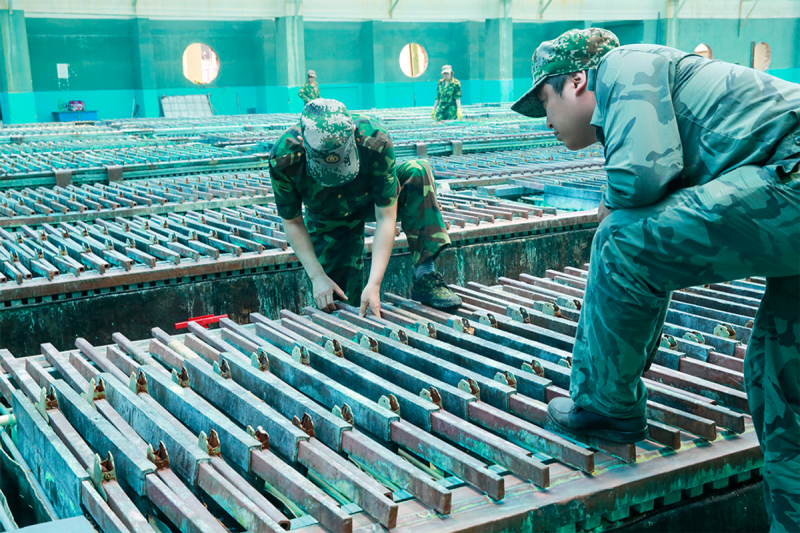
Breaking Free: Diversifying Rare Earths Production Away from China
In recent years, there has been growing concern about the global supply chain of rare earth elements, with China dominating the production and processing of these crucial materials. Rare earth elements are essential components in a wide range of modern technologies, including smartphones, electric vehicles, renewable energy systems, and defense technologies. As the demand for these elements continues to rise, ensuring a stable and diversified supply chain has become a strategic priority for many countries.
To reduce reliance on China for rare earths production and processing, several initiatives have been launched around the world. One such initiative is the development of new rare earth mining projects in other countries. For example, Australia, the United States, and Canada have all made significant investments in expanding their rare earth mining capacity. By increasing domestic production, these countries aim to decrease their dependence on Chinese imports and improve the security of their supply chains.
Furthermore, efforts are underway to develop alternative technologies for rare earth processing. Traditionally, rare earth processing has been carried out in China due to its expertise and low production costs. However, researchers and industry experts are exploring new methods and technologies to process rare earths outside of China. For example, some companies are investigating the use of environmentally friendly extraction techniques that reduce the environmental impact of rare earth mining and processing.
Collaboration between countries is another key strategy to reduce reliance on China for rare earth production. By forming international partnerships and alliances, countries can share resources, expertise, and technological know-how to develop a more resilient supply chain for rare earth elements. For instance, the United States, Australia, Japan, and India have established the Critical Minerals Facilitation Office to promote cooperation on critical mineral supply chain issues, including rare earth elements.
Moreover, recycling and resource efficiency are crucial aspects of reducing reliance on China for rare earths. Recycling rare earth elements from end-of-life products can help reduce the demand for new mining and processing activities. Additionally, improving resource efficiency in manufacturing processes can reduce the overall consumption of rare earth elements. By embracing circular economy principles, businesses and governments can minimize waste and preserve valuable resources for future use.
In conclusion, reducing reliance on China for rare earth production and processing is a complex and multifaceted challenge that requires a coordinated effort from governments, industry stakeholders, and researchers. By diversifying supply sources, developing innovative processing technologies, fostering international cooperation, and promoting recycling and resource efficiency, countries can enhance the security and sustainability of their rare earth supply chains. Ultimately, creating a more robust and resilient supply chain for rare earth elements is essential to support the growing demand for high-tech products and drive sustainable economic development.
